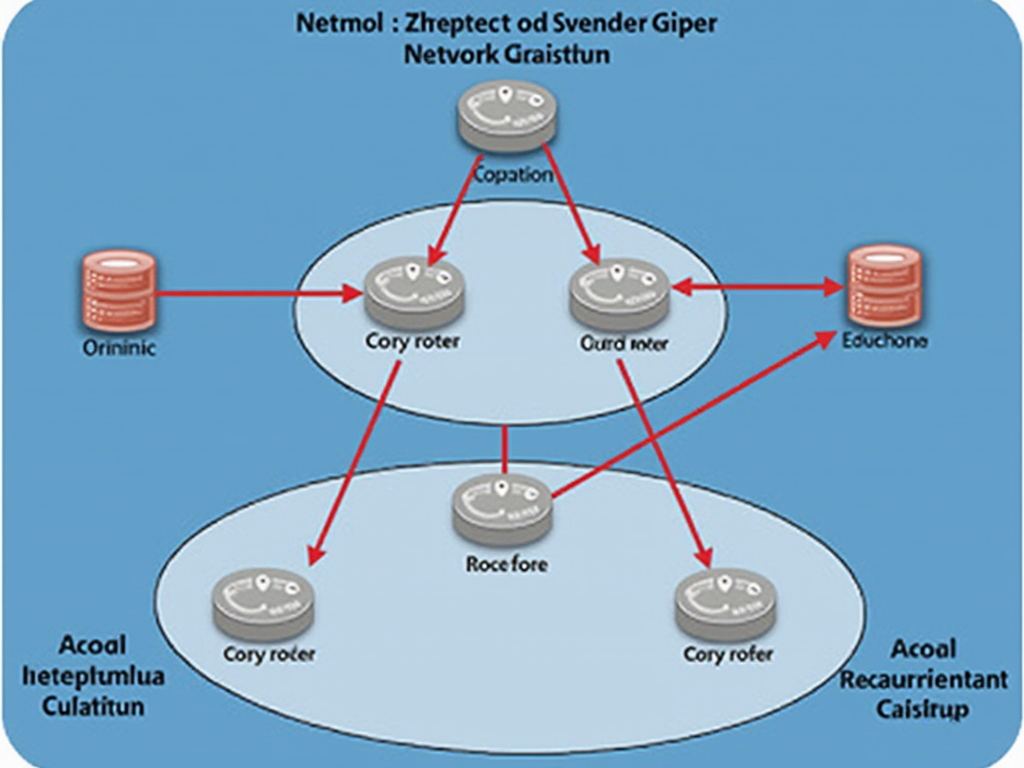Network Isolation and Access Control: A Guide to Securing Your Network
In today’s connected world, securing your network is crucial to prevent unauthorized access, data breaches, and other cyber threats. One effective way to achieve this is by implementing network isolation and access control measures. In this article, we’ll explore the importance of these measures, how they work together, and provide a step-by-step guide on how to use them for enhanced security.
What are Network Isolation and Access Control?
Network Isolation
Network isolation refers to the practice of restricting communication between different network segments or devices. This is achieved by creating barriers that prevent unauthorized access to sensitive areas of your network. Think of it like a fortress with multiple layers of defense, where each layer is designed to prevent unwanted entry.
Access Control
Access control, on the other hand, involves controlling who can access specific parts of your network, including devices, folders, and files. This includes authenticating users and granting or denying them permission to perform certain actions.
Why Use Network Isolation and Access Control?
- Improved Security: By isolating your network and controlling access, you reduce the attack surface, making it more difficult for hackers to breach your system.
- Compliance: Many regulatory frameworks, such as HIPAA and PCI-DSS, require organizations to implement network isolation and access control measures to ensure data confidentiality and integrity.
- Reduced Risk: With network isolation and access control in place, you minimize the risk of insider threats, malware spread, and data exfiltration.
How Network Isolation and Access Control Work Together
- Network Segmentation: Segment your network into separate zones or VLANs (Virtual Local Area Networks) to restrict communication between devices.
- Access Control Lists (ACLs): Implement ACLs at each network segment to control access based on user identity, IP address, or port number.
Step-by-Step Guide to Using Network Isolation and Access Control
Step 1: Identify Critical Areas of Your Network
- Determine which areas of your network are most critical to your organization.
- Identify sensitive data, applications, and devices that require protection.
Step 2: Segment Your Network
- Create separate VLANs for each critical area you identified.
- Configure firewalls and routers to restrict communication between VLANs.
Step 3: Implement Access Control Lists (ACLs)
- Set up ACLs at each network segment to control access based on user identity, IP address, or port number.
- Grant access to authorized users and devices while denying access to unauthorized ones.
Step 4: Authenticate Users and Devices
- Implement authentication mechanisms such as usernames, passwords, biometrics, or smart cards.
- Ensure that all devices connecting to your network are authenticated and authorized.
Step 5: Monitor Network Traffic and Activity
- Install intrusion detection systems (IDS) and intrusion prevention systems (IPS) to monitor network traffic and detect potential threats.
- Use logging and auditing tools to track user activity and detect anomalies.
Best Practices for Implementing Network Isolation and Access Control
- Keep it Simple: Start with a simple implementation and gradually add complexity as needed.
- Document Everything: Maintain detailed documentation of your network architecture, access control policies, and configuration files.
- Test and Validate: Conduct thorough testing and validation to ensure that your implementation is effective and efficient.
- Monitor and Update: Continuously monitor your network and update your implementation as needed to stay ahead of evolving threats.
Conclusion
In conclusion, using network isolation and access control measures is a crucial step in securing your network. By following the steps outlined above and implementing best practices, you’ll be able to reduce your attack surface, improve security compliance, and minimize risk. Remember, network security is an ongoing process that requires continuous monitoring, updating, and validation.
References
- NIST Cybersecurity Framework
- ISO 27001:2013 – Information Security Management Systems
- SANS Institute – Network Security Essentials
I hope this article has provided you with a comprehensive guide on how to use network isolation and access control for enhanced security. If you have any questions or need further clarification, please don’t hesitate to reach out!



